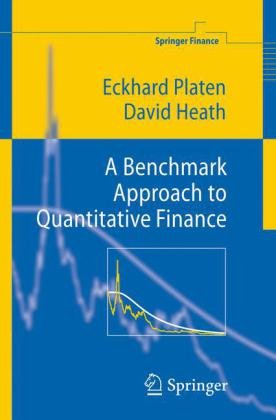

Most ebook files are in PDF format, so you can easily read them using various software such as Foxit Reader or directly on the Google Chrome browser.
Some ebook files are released by publishers in other formats such as .awz, .mobi, .epub, .fb2, etc. You may need to install specific software to read these formats on mobile/PC, such as Calibre.
Please read the tutorial at this link: https://ebookbell.com/faq
We offer FREE conversion to the popular formats you request; however, this may take some time. Therefore, right after payment, please email us, and we will try to provide the service as quickly as possible.
For some exceptional file formats or broken links (if any), please refrain from opening any disputes. Instead, email us first, and we will try to assist within a maximum of 6 hours.
EbookBell Team

4.3
48 reviewsThe benchmark approach provides a general framework for financial market modeling, which extends beyond the standard risk-neutral pricing theory. It permits a unified treatment of portfolio optimization, derivative pricing, integrated risk management and insurance risk modeling. The existence of an equivalent risk-neutral pricing measure is not required. Instead, it leads to pricing formulae with respect to the real-world probability measure. This yields important modeling freedom which turns out to be necessary for the derivation of realistic, parsimonious market models. The first part of the book describes the necessary tools from probability theory, statistics, stochastic calculus and the theory of stochastic differential equations with jumps. The second part is devoted to financial modeling by the benchmark approach. Various quantitative methods for the real-world pricing and hedging of derivatives are explained. The general framework is used to provide an understanding of the nature of stochastic volatility. The book is intended for a wide audience that includes quantitative analysts, postgraduate students and practitioners in finance, economics and insurance. It aims to be a self-contained, accessible but mathematically rigorous introduction to quantitative finance for readers that have a reasonable mathematical or quantitative background. Finally, the book should stimulate interest in the benchmark approach by describing some of its power and wide applicability.